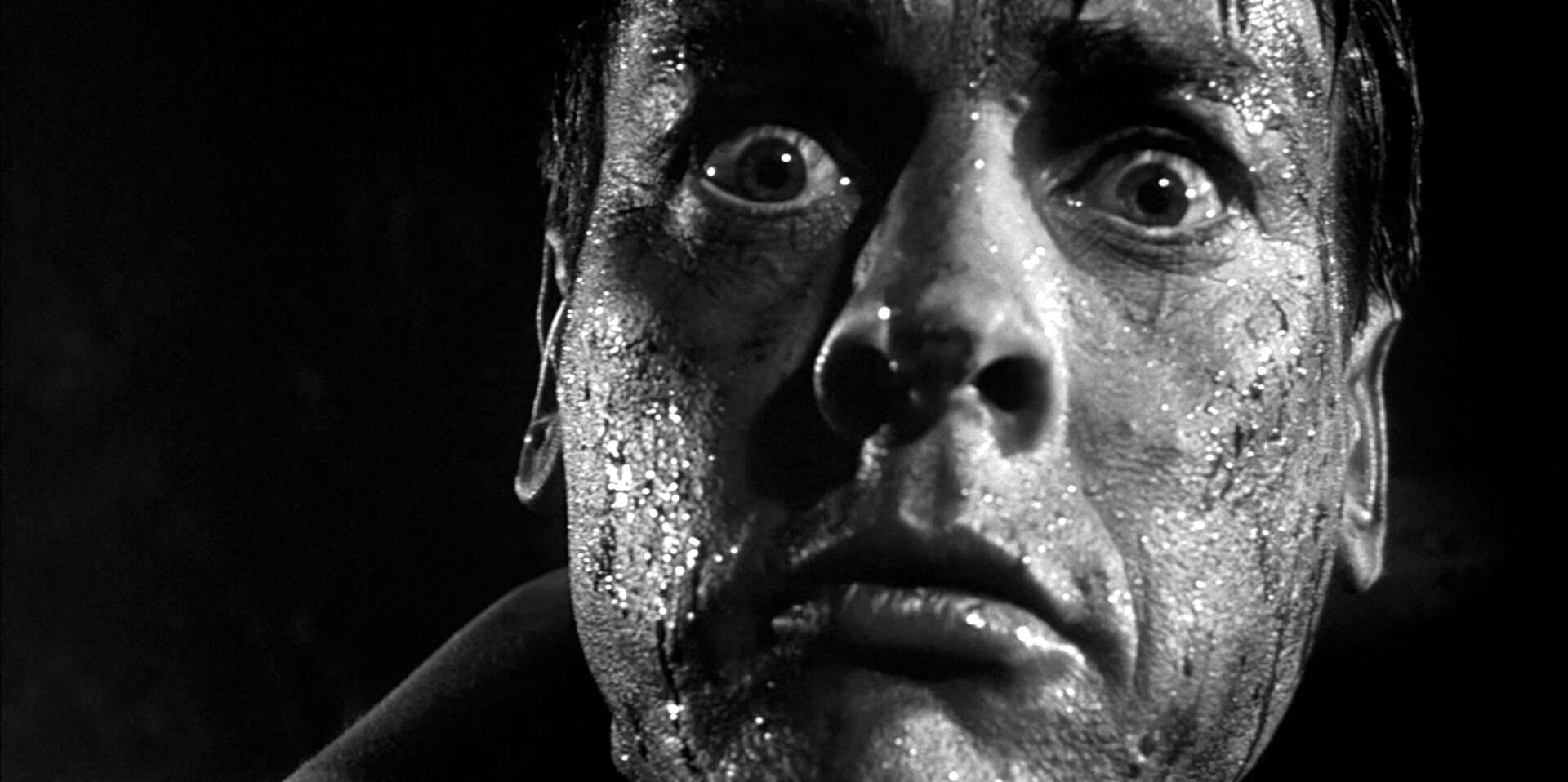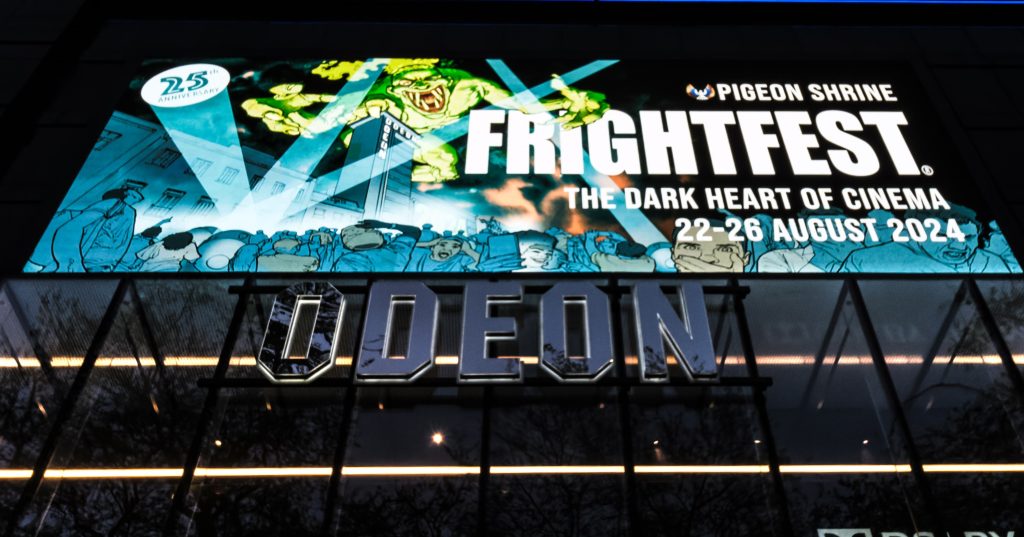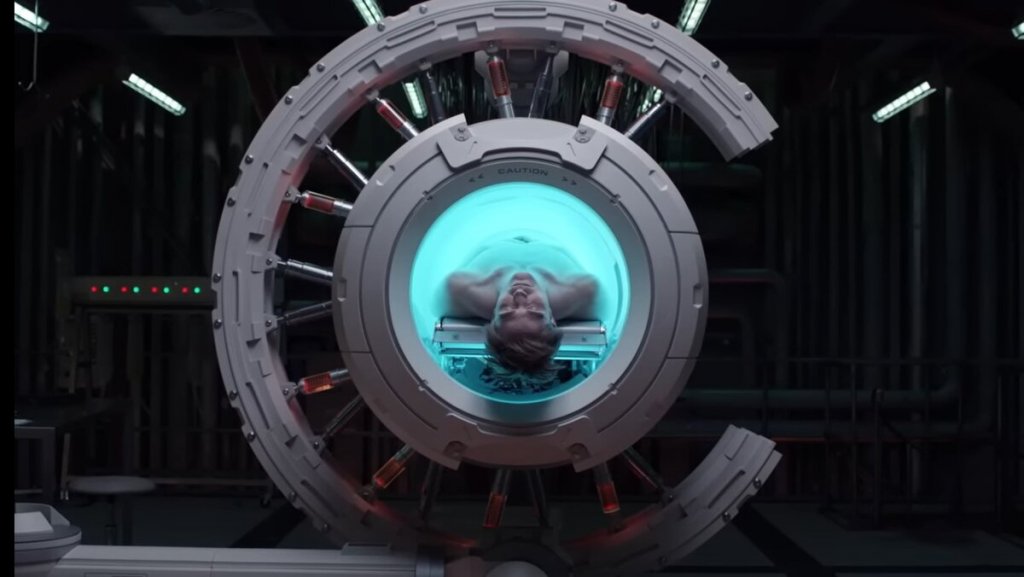A look back at Invasion of the Body Snatchers
“I warn you that what you’re starting to read is full of loose ends and unanswered questions. It will not be neatly tied up at the end, everything resolved and satisfactorily explained. Not by me it won’t anyway. Because I can’t say I really know exactly what happened or why, or just how it began, how it ended, or if it has ended, and I’ve been right in the thick of it.”
So began the first-person narrative of Doctor Miles Bennell in Jack Finney’s story The Body Snatchers, which was serialised in Collier’s magazine in 1954, and published in book form the following year.
It was inevitable that Finney’s story, a masterpiece of tension, would be adapted as a film in short order. It was the right story at the right time, lending itself to a reputation as being a political allegory, a thinly veiled tale of Communist infiltration. The infamous McCarthy hearings had left America in a deep state of paranoia that their very way of life was under threat of subversion from the other side of the Iron Curtain during the Cold War years. And it’s easy to see how that metaphor could be applied in those times, particularly with the original film. Director Don Siegel, who would go on to direct Dirty Harry, isn’t known for his liberal stances. But he would maintain that he wasn’t directing an anti ‘red under the bed’ parable, in his mind, the ‘pod people’ were more akin to Hollywood film executives who felt nothing for the art and were only interested in the bottom line. Author Jack Finney, however, denied and decried any association with writing an anti-communist story. He has emphatically stated in interviews at all he wanted to write was “a damn good read”.

The film starts with a visibly distraught and dishevelled Doctor Miles Bennell being admitted to a hospital, where he starts to tell his story. Our setting is the town of Santa Mira in California. An idealised version of post-war suburban America. Santa Mira is all white picket fences, everyone is friendly. It’s a utopia of peace, harmony and contentment. But something is wrong. There’s a ripple in the calm and cosy Norman Rockwell small-town American dream. Dr Bennell (Kevin McCarthy) has been summoned back from a medical conference due to an emergency. His office has been inundated with patients needing to see him urgently. They won’t say why, but they have to see him.
On his way from the railway station, Bennell can’t help but notice that the fruit and vegetable stand that has been trading by the side of the road has fallen to neglect and disrepair very quickly. Narrowly avoiding running the proprietor’s son over, he notices that the child’s mother is vacant and listless.
Back at the office, all is quiet. No patients. Everybody seems to be going about their business until Becky (Dana Wynter), Bennell’s high school sweetheart arrives to ask him to stop by the house. Her cousin Wilma is convinced that Uncle Ira isn’t Uncle Ira! The child who ran out into the road in front of his car earlier is brought to the doctor’s office in a state of near hysteria, claiming that his mother isn’t his mother. Outwardly, things look fine, but something’s missing. Something’s very wrong.
The mystery deepens when a couple of friends Jack Bellicec (King Donovan) and his wife Teddy (Carolyn Jones) call Bennell to their house. They’ve found a body. But the body is lacking in detail. There are no wrinkles, no scars. Bennell asks them to keep the body overnight for observation, but later in the evening, as the couple sleep, the body begins to take on the characteristics of Jack, including a cut to the hand he’d suffered earlier.

Fleeing to Bennell’s house, they tell him the story. Fearing for Becky’s safety, he drives to her home, where he saw her father acting suspiciously, pottering in the cellar earlier in the evening. In the cellar is something that is rapidly becoming Becky. Rousing a very drowsy Becky from her bed, he takes her to his home. The invasion is well underway, and the invaders are taking over with stealth and efficiency. The method of this usurping of suburban normality is revealed when Miles discovers four large seed pods growing in his greenhouse. As he watches, each disgorges a near-complete replica of each of the four of them, which are quickly destroyed.
The film plays on two primal fears. It’s theorised that the alien seedpods have been floating around in space, and have come to Earth, where they find that we humans are easy targets when we’re asleep. The fear of not waking up is a well-known one and literally plays into the red under the bed phrase, implying that the threat is always closer than we think. In this case, our families and friends could be the ones plotting our taking over, because ‘they’ look just like ‘us’. The inhumanity and lack of empathy of the pod people is brought sharply and chillingly into focus when we hear a mother, about to place a pod in her baby’s cot says calmly, “Soon, there’ll be no more tears”.
However identical we may look, the second primal fear that the concept plays strongly to is the loss of self. The pod people actually replace us. They have our appearances, they have our memories – but they don’t have our spark, our emotions or soul. They are like unfeeling automatons. Incapable of love, jealousy or rage – but have a hive-like need for conformity, which everybody must be like them. And this is how the film plays so powerfully into the fears and suspicions of fifties’ America who were already unnerved by Senator McCarthy’s hearings.

This loss of self, or having an alien intruder possibly standing right next to you became a potent sci-fi trope in the films of the fifties. It had been explored to an extent with Invaders from Mars (1953) and It Came from Outer Space (1954). In the former, a child sees his parents taken over by invading Martians, but it’s all just a dream – or is it? It all depends on which version you see. In the latter, the humans are duplicated temporarily while the aliens repair their crashed spaceship, so it’s not an invasion. I Married a Monster from Outer Space (1958) is another powerful entry that can easily be added to the list of potential anti-Communist propaganda. A young newly married man is possessed by an alien, here to test the waters for a full-blown invasion. His wife begins to suspect something is wrong, their puppy knows for sure and the poor mutt is killed. Is there anything more un-American in white picket fence Eisenhower era America than killing a poor dog?
Bennell discovers how truly hopeless his situation is when he tries to call for help, but the telephone operator is a pod person. The friendly couple who run the gas station have been taken over and place a couple of pods in the back of Bennell’s car, the police have similarly been overcome. Even Jack and Teddy Bellicec have succumbed. Within a handful of days, Bennell and Becky are the only normal people left in Santa Mira.
Fleeing for their lives, Becky and Bennell are chased by the entire town population in a reversal of similar scenes of enraged villagers in the old monster movies of the thirties. Thinking they’re finally safe, Bennell discovers a large plantation of the seed pods, and also discovers that in the handful of minutes he’s been gone – he has lost Becky.

Panic-stricken, he makes his way to the nearby freeway, where he’s dismissed as drunk as he screams a repeated warning that it’s already too late. Picked up by the police, Bennell is taken to the hospital presumably for psychiatric evaluation when reports come in of a crash on the highway involving a truck carrying large seed pods. Is the invasion over? We don’t know. Certainly, we’ve lost one small town’s entire population and who knows where else the pods landed. This differs from the book, where it’s established that the pod people cannot reproduce via procreation and have a life of only around five years. Their plan is to basically use up all of Earth’s resources and move on to another planet, leaving behind only a barren husk. Pretty much what we humans are doing, only in the book, the pods decide to abandon their mission.
The 1956 version of Invasion of the Body Snatchers is released on BFI Blu-ray on October 25th.








